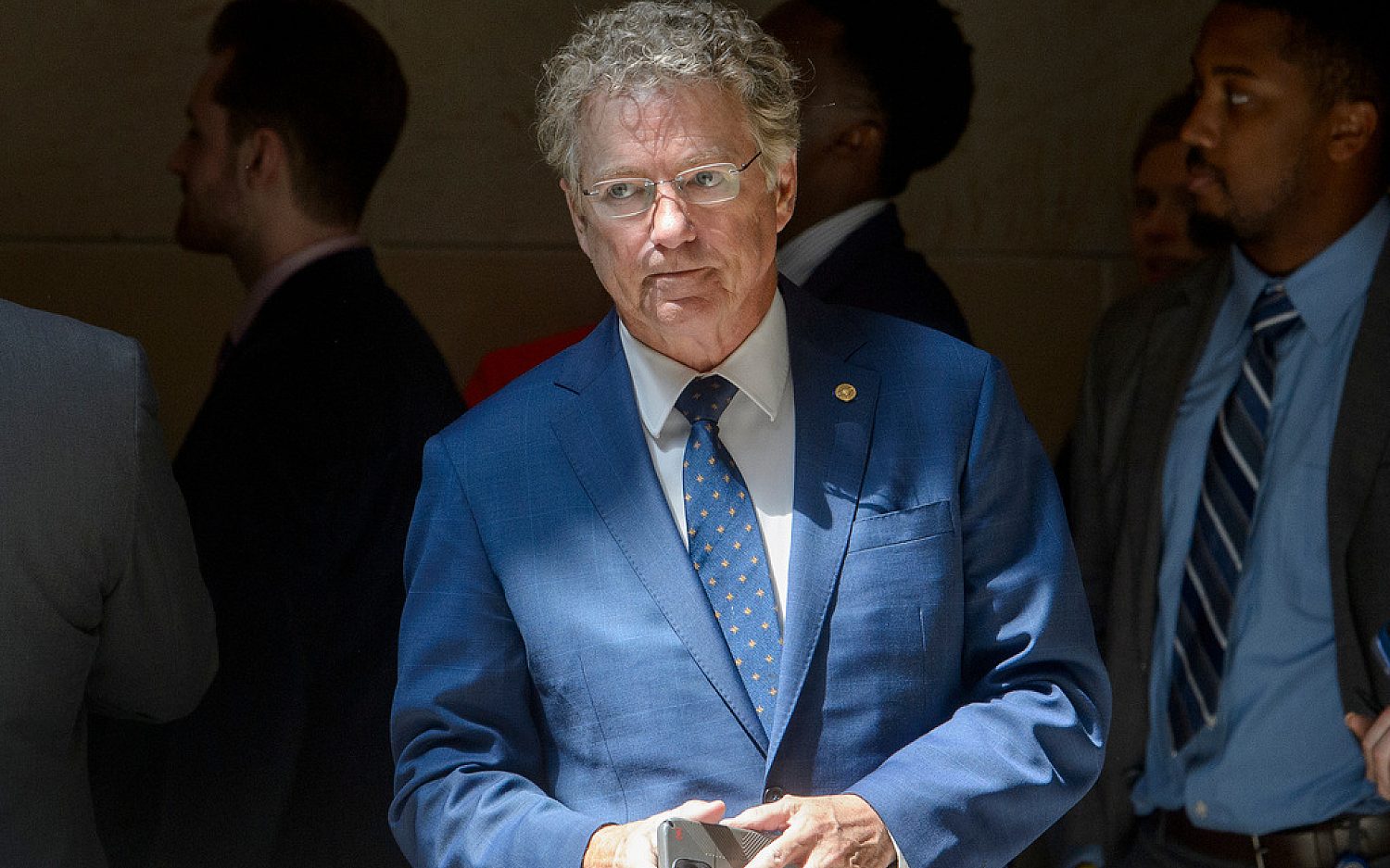Space balloon gives whole new meaning to liftoff
Would you want to float into space in a balloon? You might be able to in 2016, for the bargain price of $75,000.
World View Enterprises, a company that hopes to profit from a (presumably) ready-to-hatch space tourism industry, has drawn up plans for a gigantic helium balloon that would carry two pilots and six passengers 19 miles high. At that altitude, occupants would get an unforgettable view of Earth’s curvature, though not complete weightlessness.
“Seeing the Earth hanging in the ink-black void of space will help people realize our connection to our home planet and to the universe around us, and will surely offer a transformative experience to our customers,” said Jane Poynter, the CEO of World View and co-founder of its partner firm, Paragon Space Development Corp., which has built hardware for NASA missions and experiments.
World View’s proposed balloon would spend 2 to 6 hours floating as high as 100,000 feet. Since human blood would boil at that altitude, due to the lack of air pressure, the balloon would carry passengers in a pressurized capsule with windows. The capsule would protect its eight occupants from radiation or micrometeoroids that zoom through space at 22,000 mph. The capsule would have landing skids and a steerable parafoil to guide it to touchdown at the end of each flight.
The balloon concept isn’t crazy: It’s reminiscent of the helium balloon Felix Baumgartner used last year when he jumped out of a capsule 24 miles in the sky, setting a world record as the first skydiver to surpass the speed of sound. World View’s balloon and capsule would undergo extensive safety testing. The science team behind the project includes a former NASA associate administrator and an engineer who helped design the solar array on the International Space Station.
World View announced its plans following a decision from the Federal Aviation Administration to regulate the proposed balloon capsule like a spacecraft, rather than a hot air balloon. The company had been lobbying for that outcome in order to avoid the stricter safety rules that apply to hot air balloon flights lower in the atmosphere. The FAA determined the capsule design was like a spacecraft because it contains a life support system, creating a “shirt-sleeves” environment for passengers.
“Outer space” does not have a formally established boundary, and some would say the balloon’s max altitude of 19 miles (30 kilometers) lies firmly within the stratosphere, which extends from about 12 to 31 miles above Earth. By comparison, the International Space Station (ISS) orbits much higher, at over 200 miles up.
The FAA declined to offer a judgment on where space begins: “At [the capsule’s] intended altitude of 30 kilometers (98,425 feet), water and blood boil, and an unprotected person would rapidly experience fatal decompression.”
Private entrepreneurs are banking on space tourism becoming big business. More than a half-dozen wealthy tourists have each paid $20 million or more to ride Russian rockets to the ISS since 2001. One company, XCOR Aerospace, is selling $95,000 advance tickets for suborbital flights 62 miles high. Another, Virgin Galactic, is planning to take tourists 60 miles up in a rocket-powered plane. Its flights will cost $250,000 and could begin next year. About 600 wealthy space enthusiasts have already paid Virgin Galactic in advance for their seats.
An actual newsletter worth subscribing to instead of just a collection of links. —Adam
Sign up to receive The Sift email newsletter each weekday morning for the latest headlines from WORLD’s breaking news team.





Please wait while we load the latest comments...
Comments
Please register, subscribe, or log in to comment on this article.